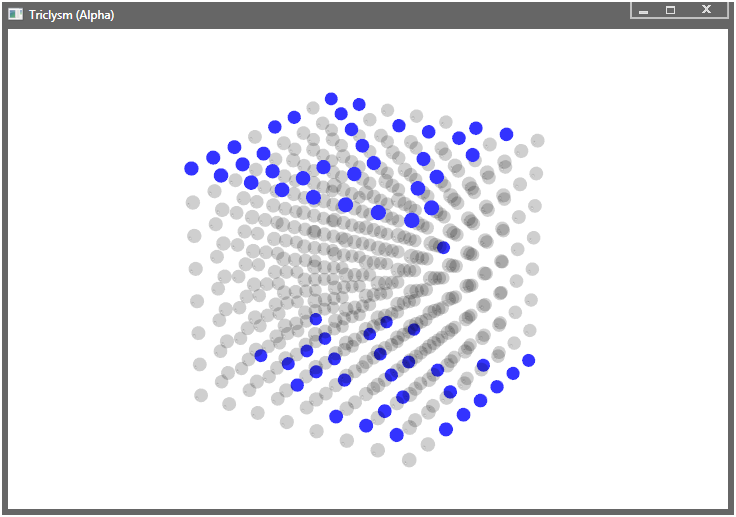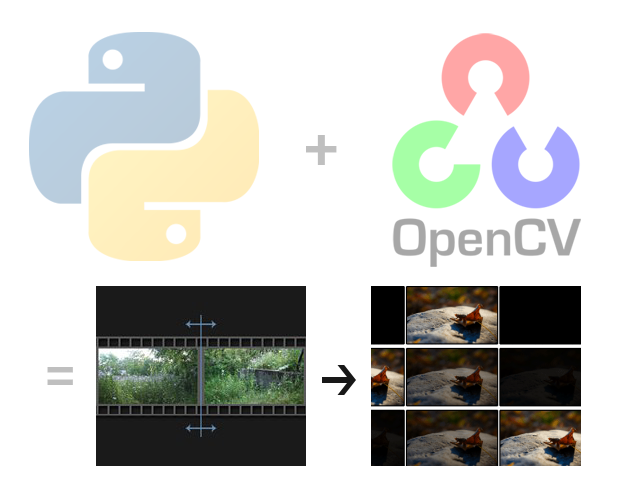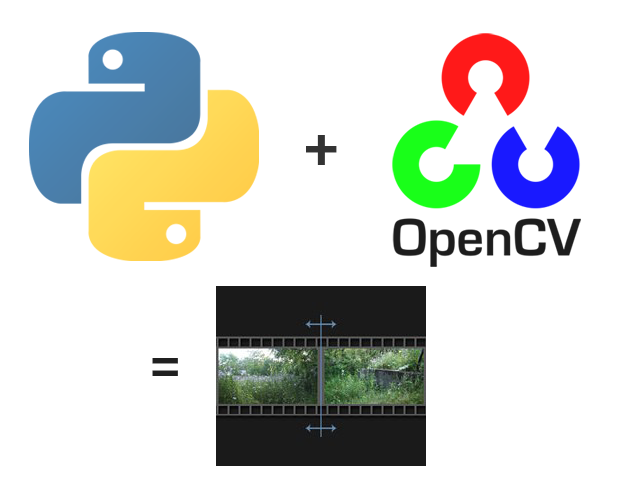Triclysm
Triclysm Project Overview See the Triclysm project on Github at the following URL: https://github.com/Triclysm Triclysm Previewer Triclysm Previewer (link) is a cross-platform application for developing, previewing, and streaming (via Ethernet or Wi-Fi) to a physical LED cube/voxel-based display. Cross-platform, written in C++, using SDL/OpenGL as a back-end, with Lua as the primary scripting language for animations. In the future, a rewrite is planned, utilizing Python for a majority of the code, and allowing it to be used for animation development as well.










